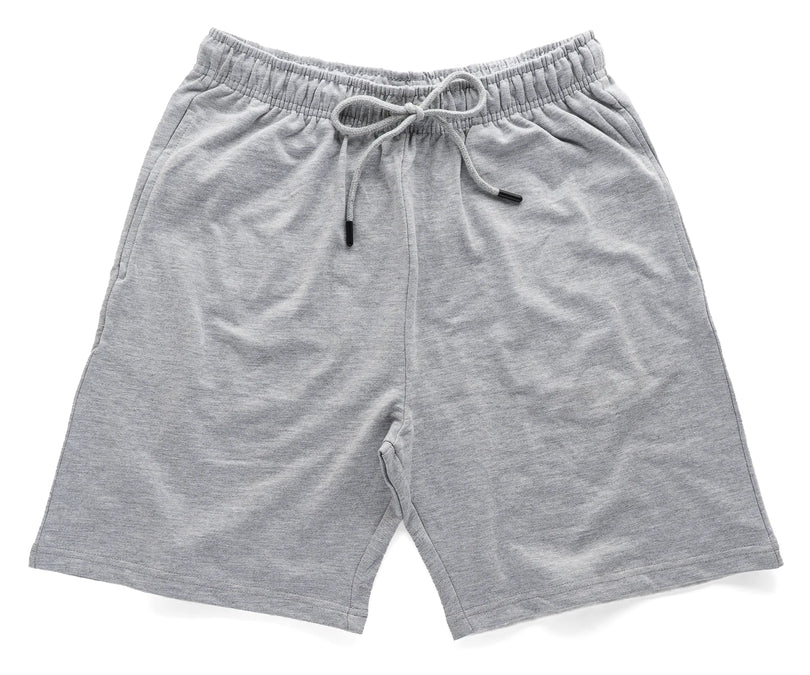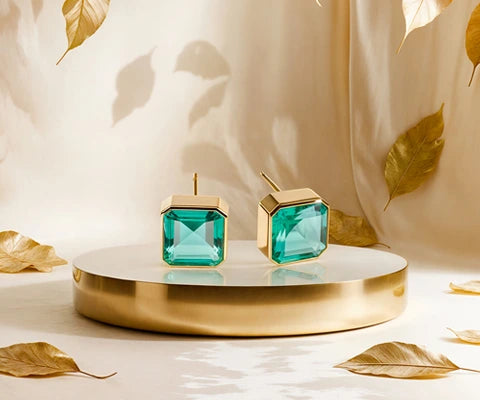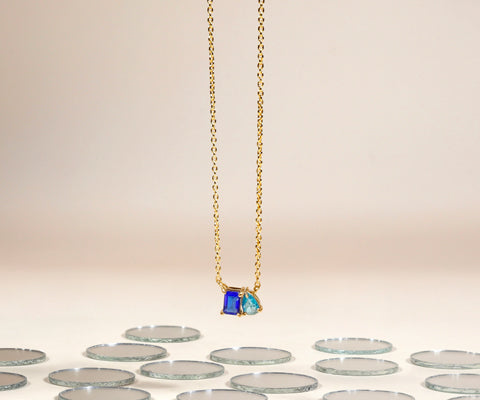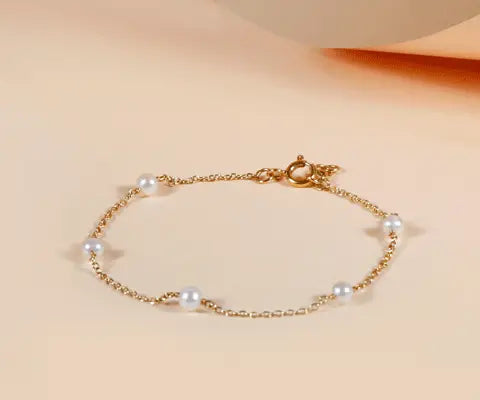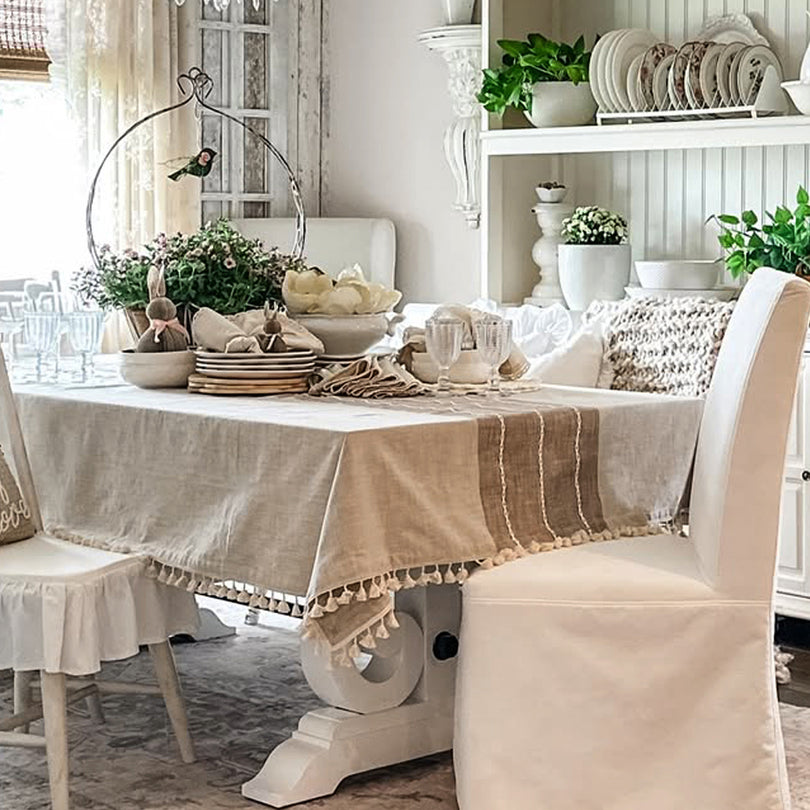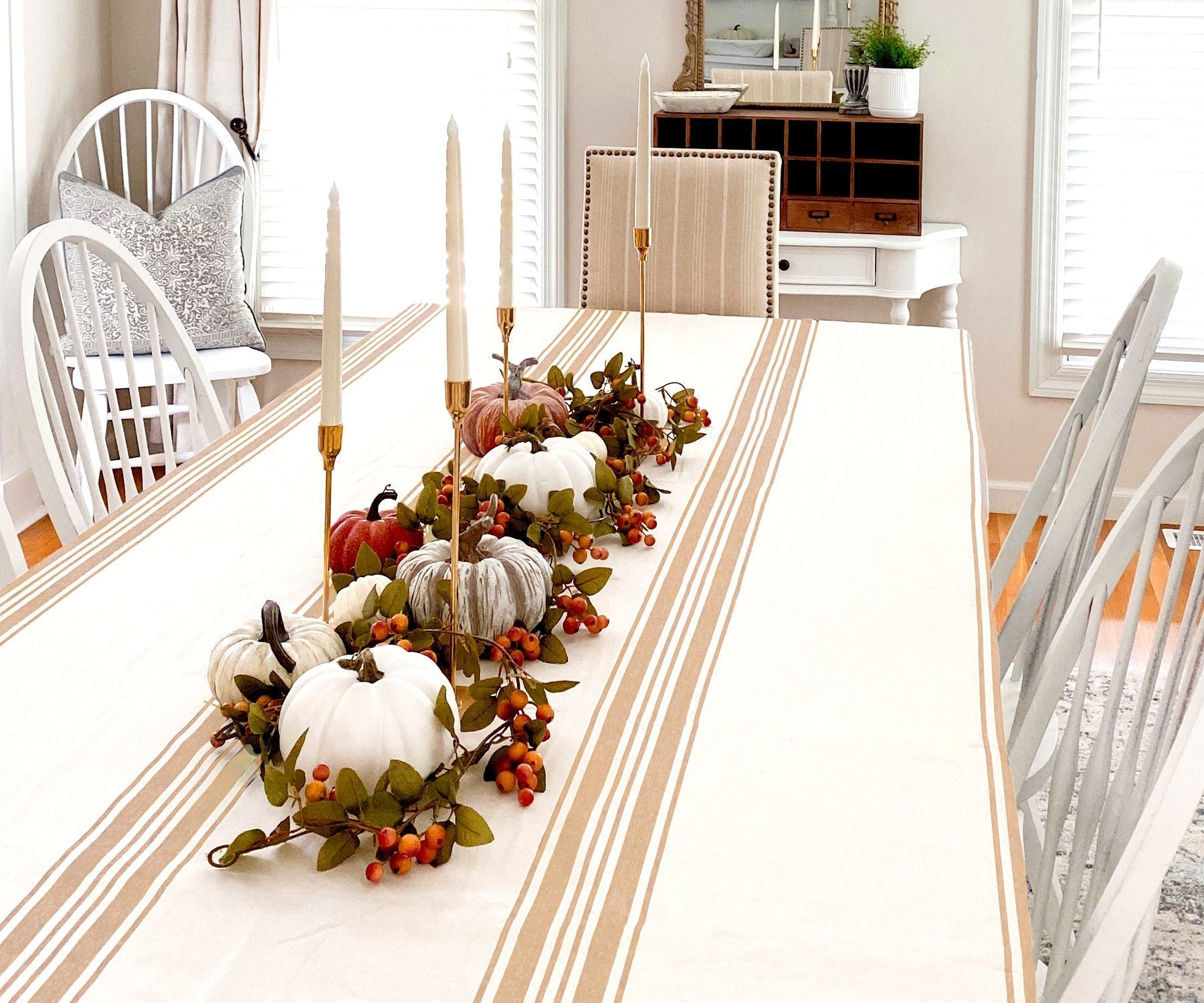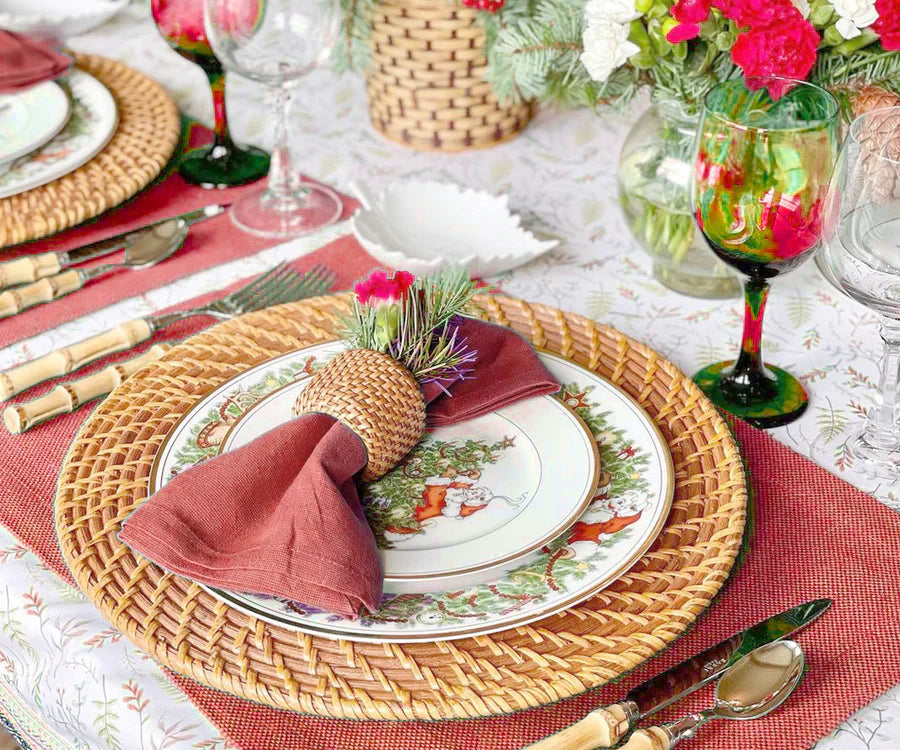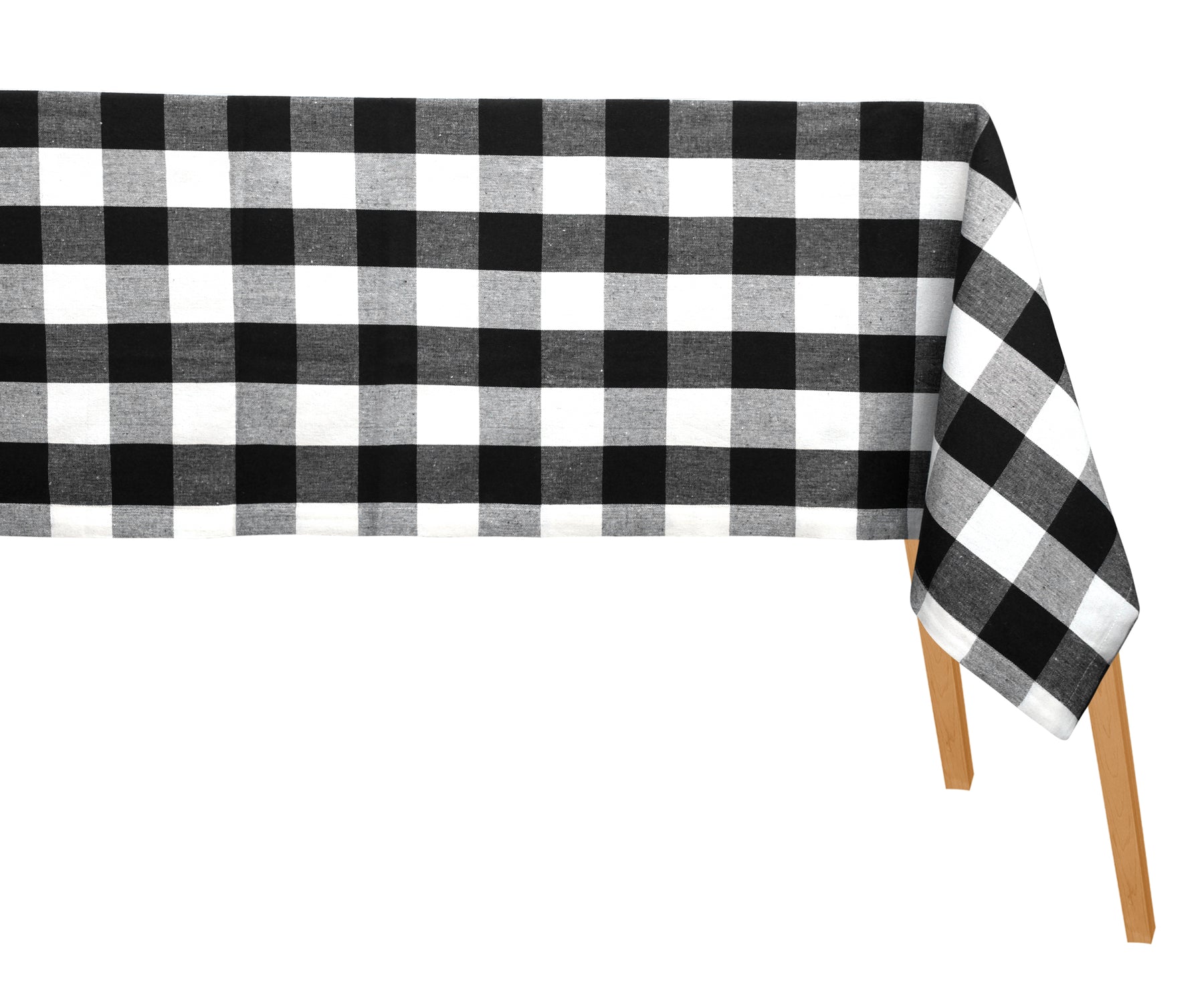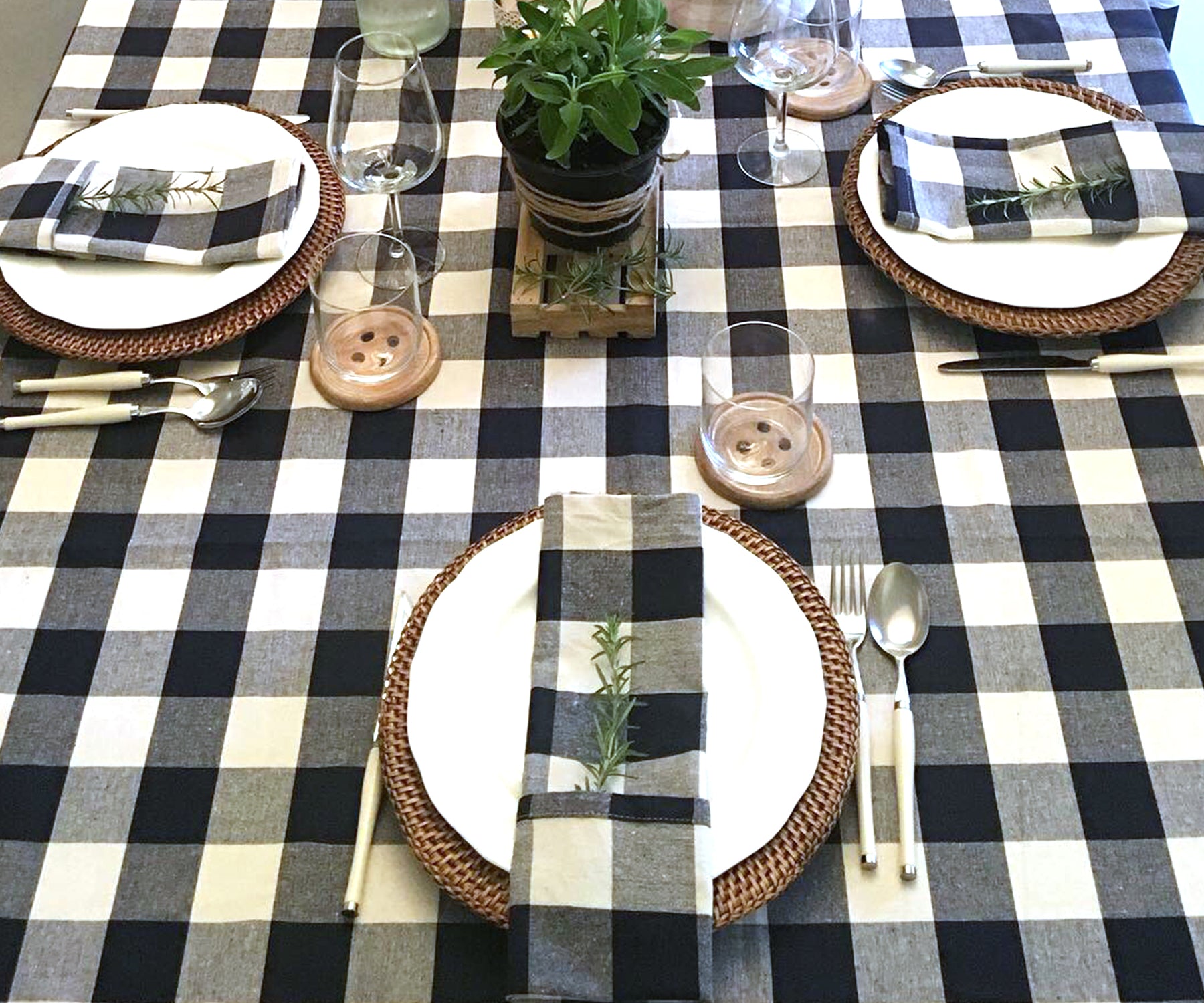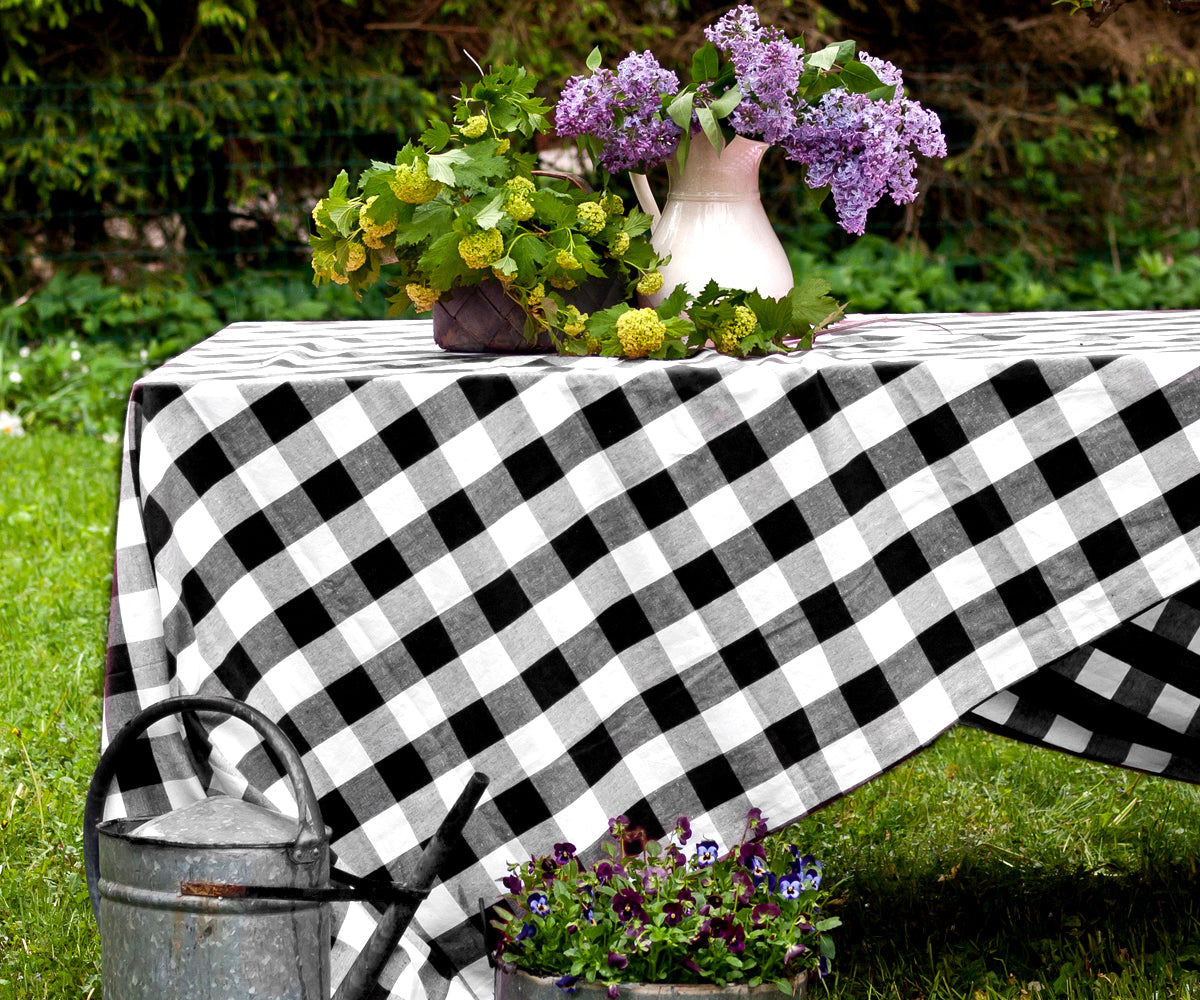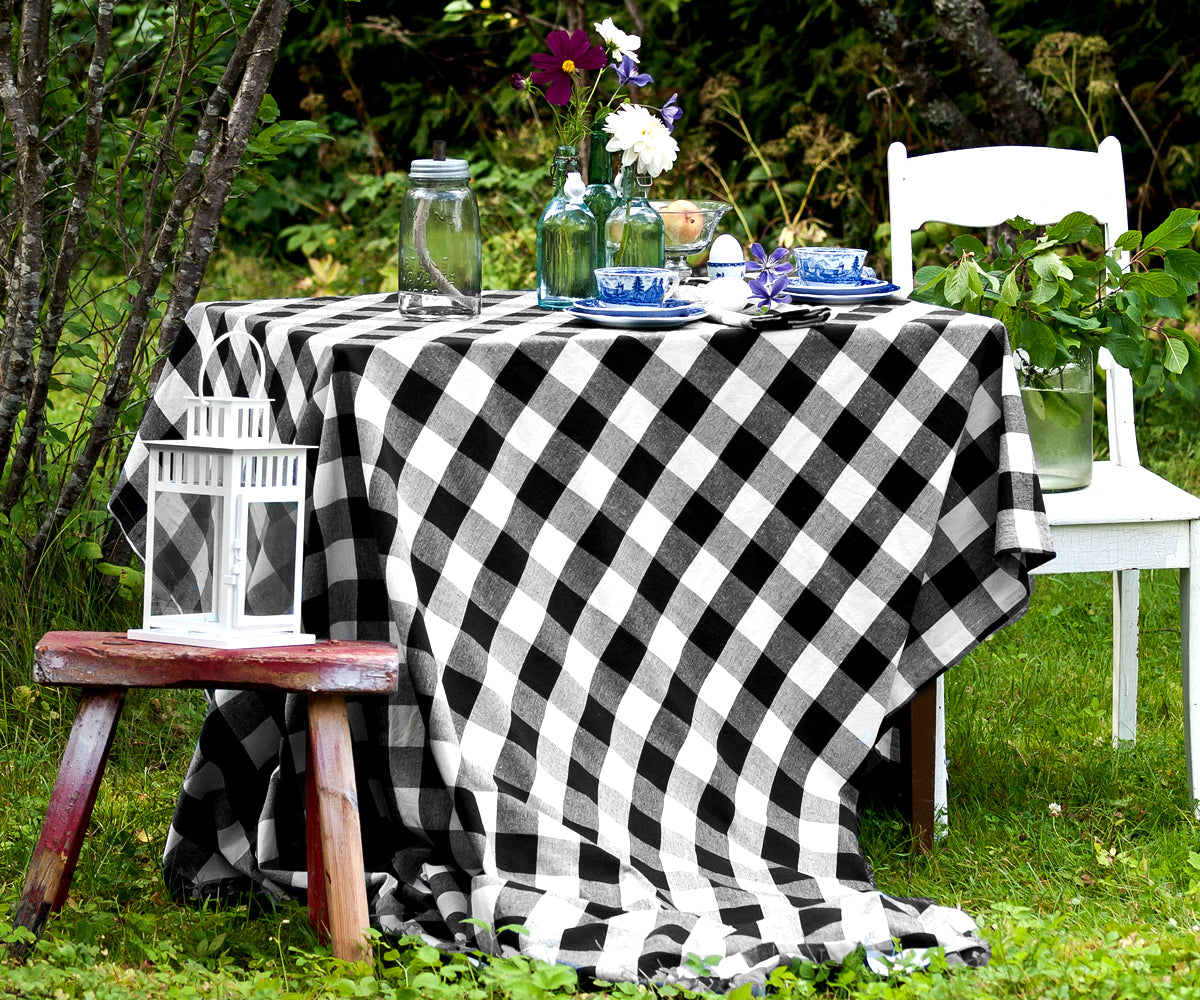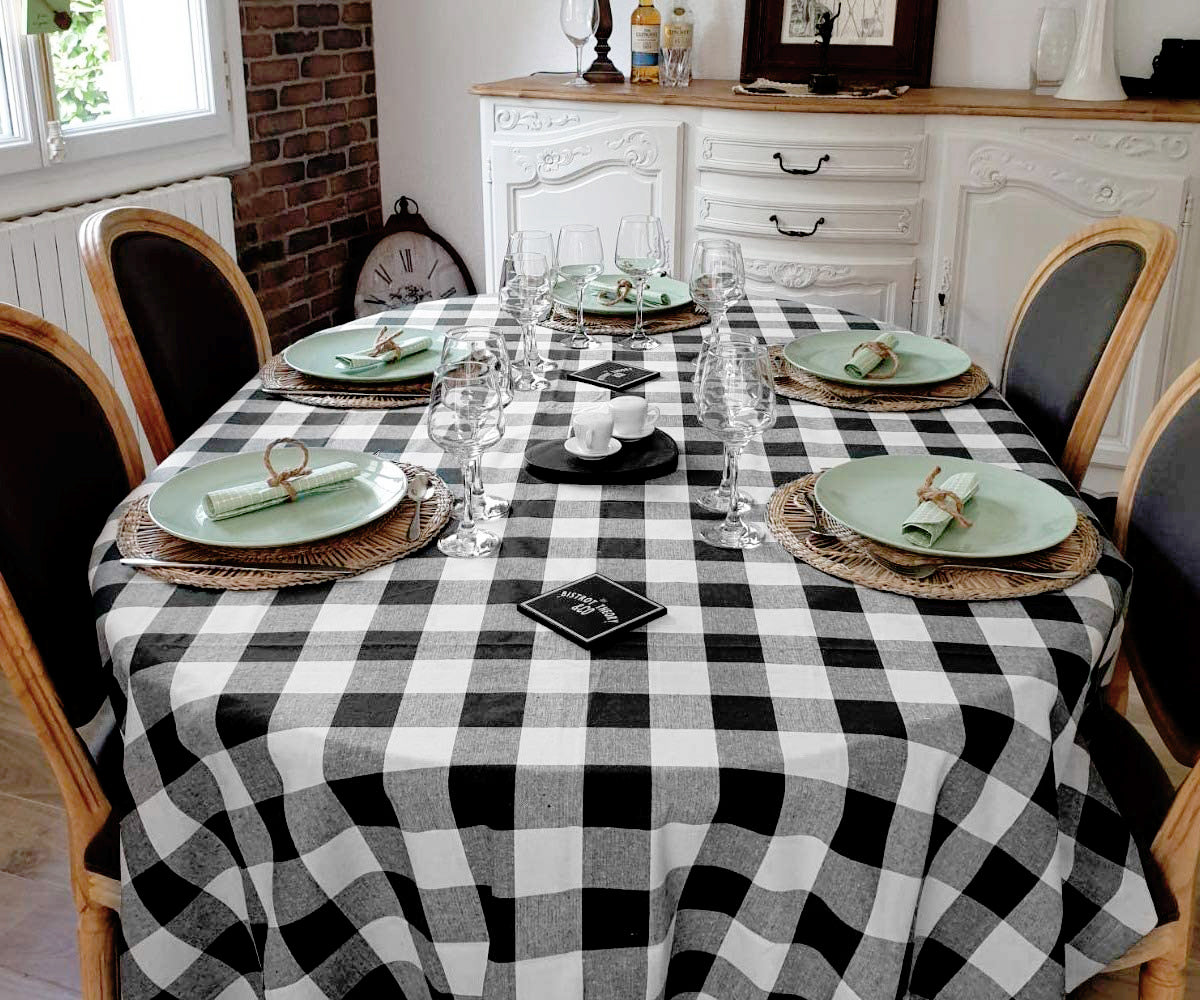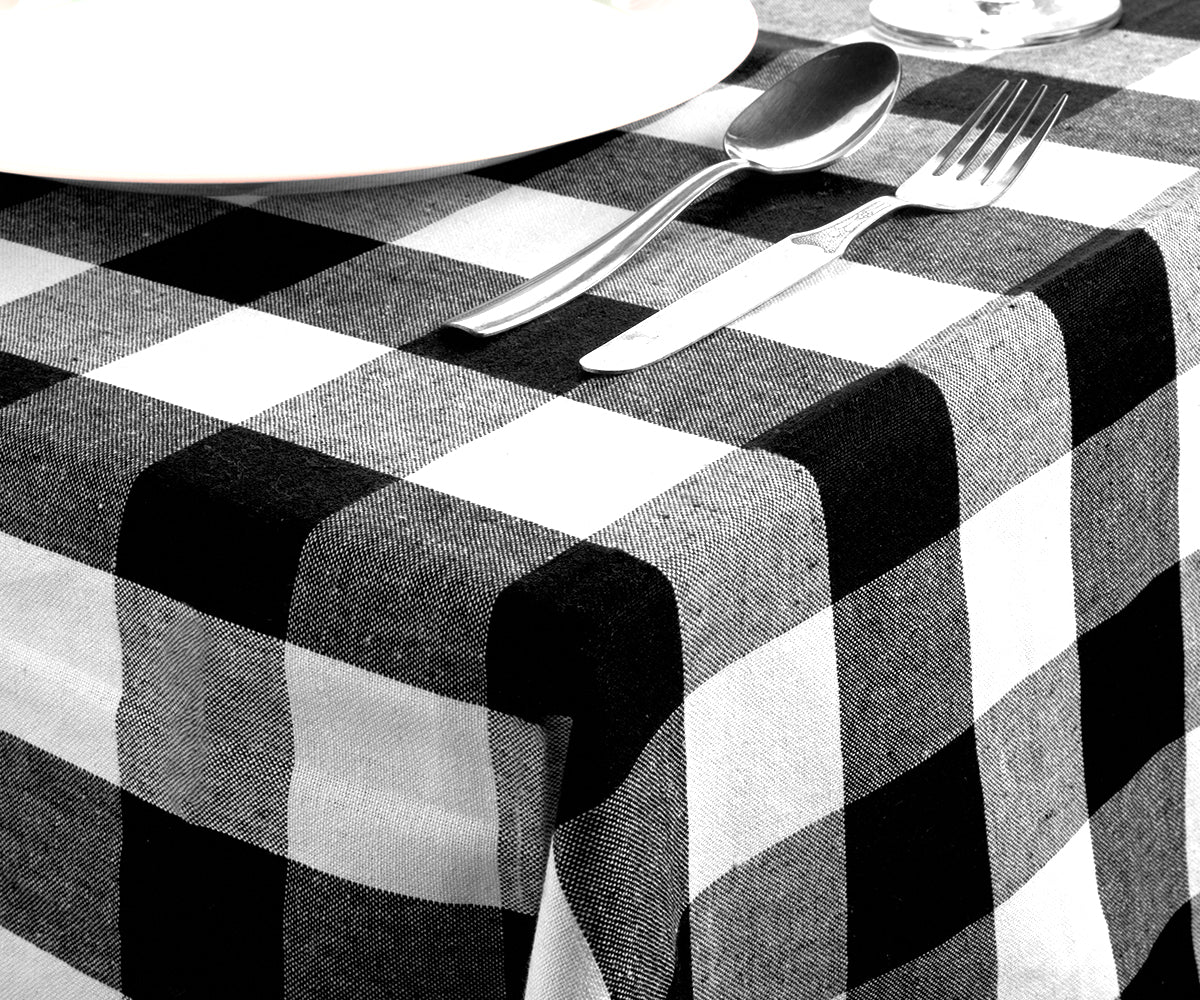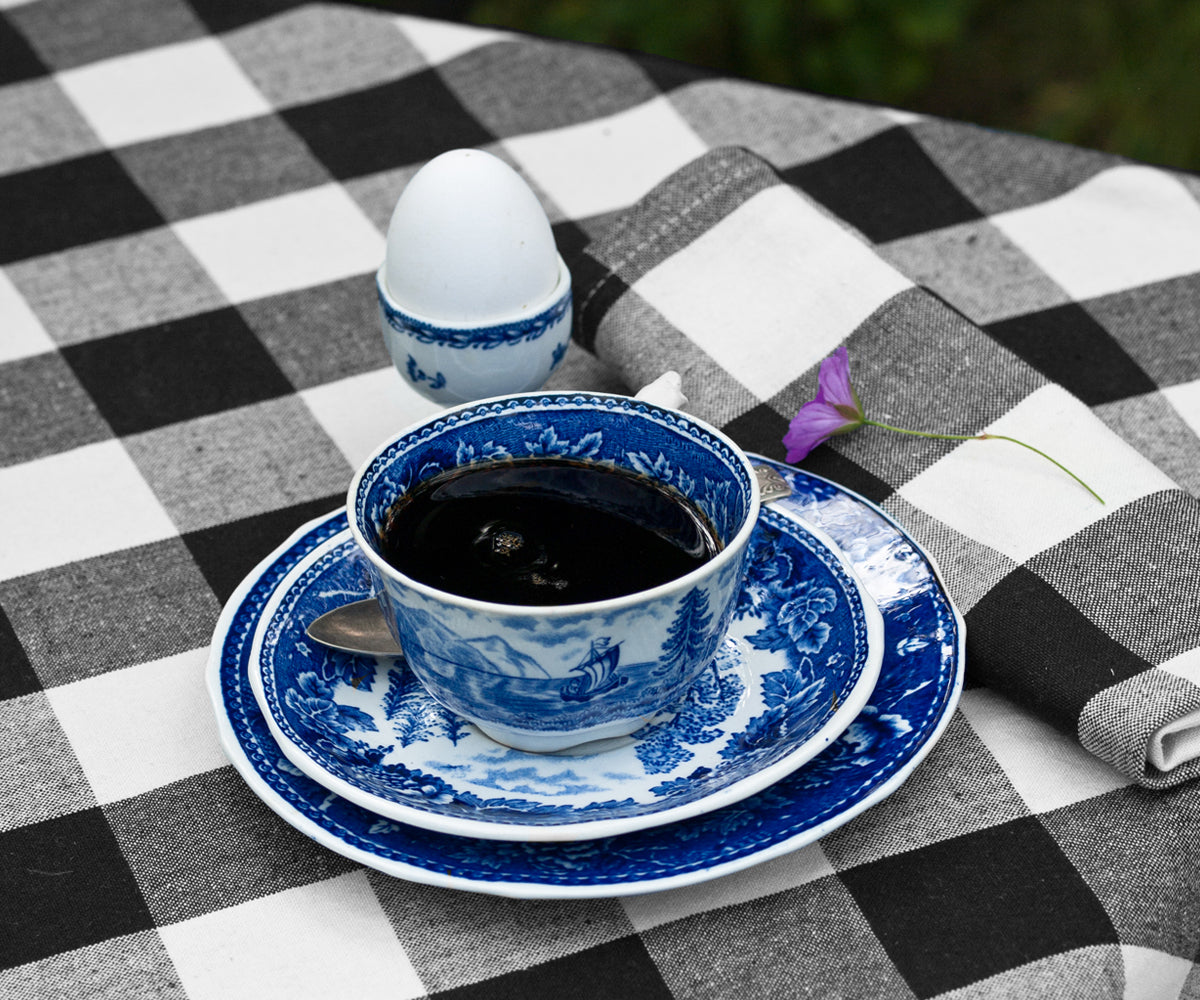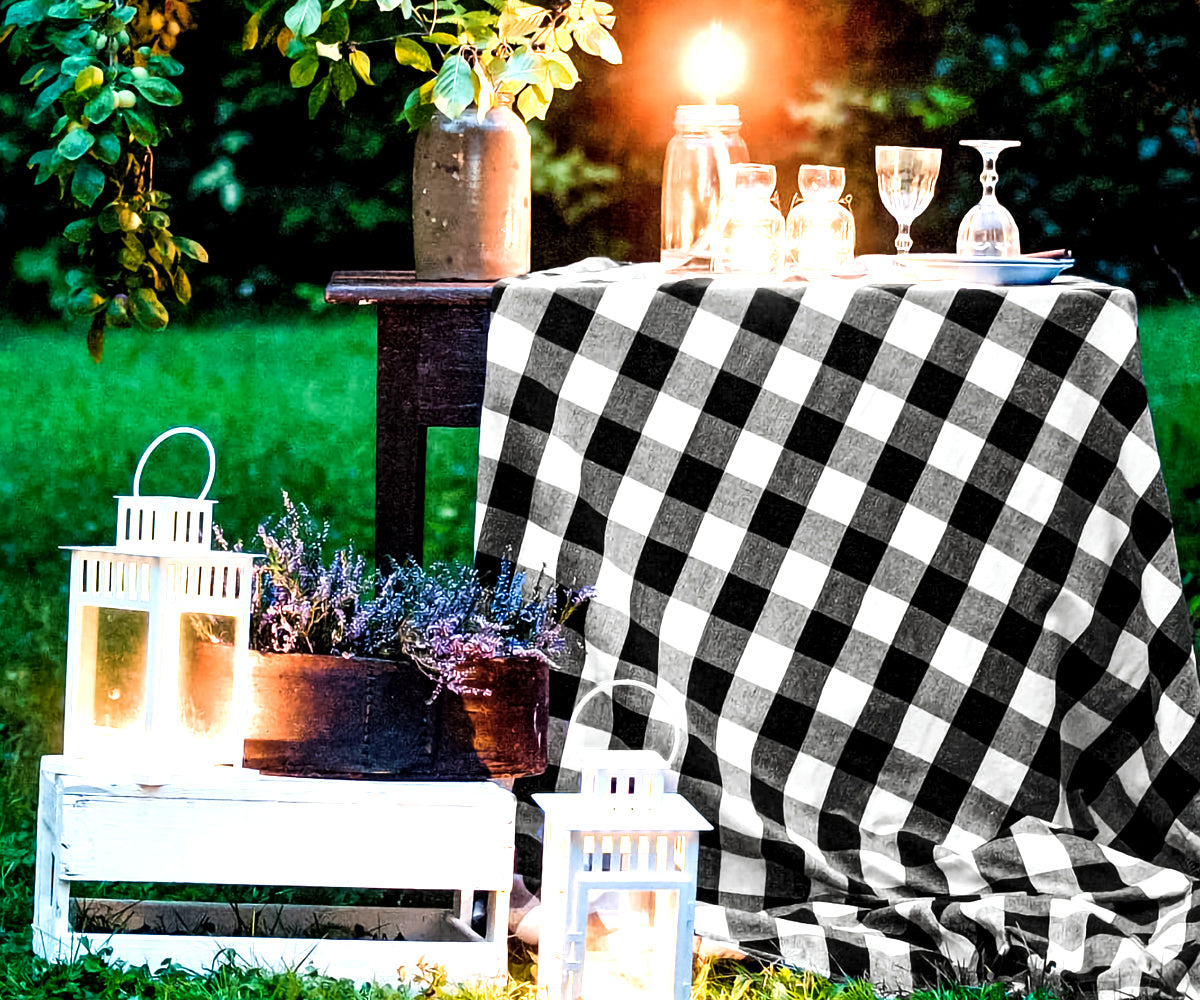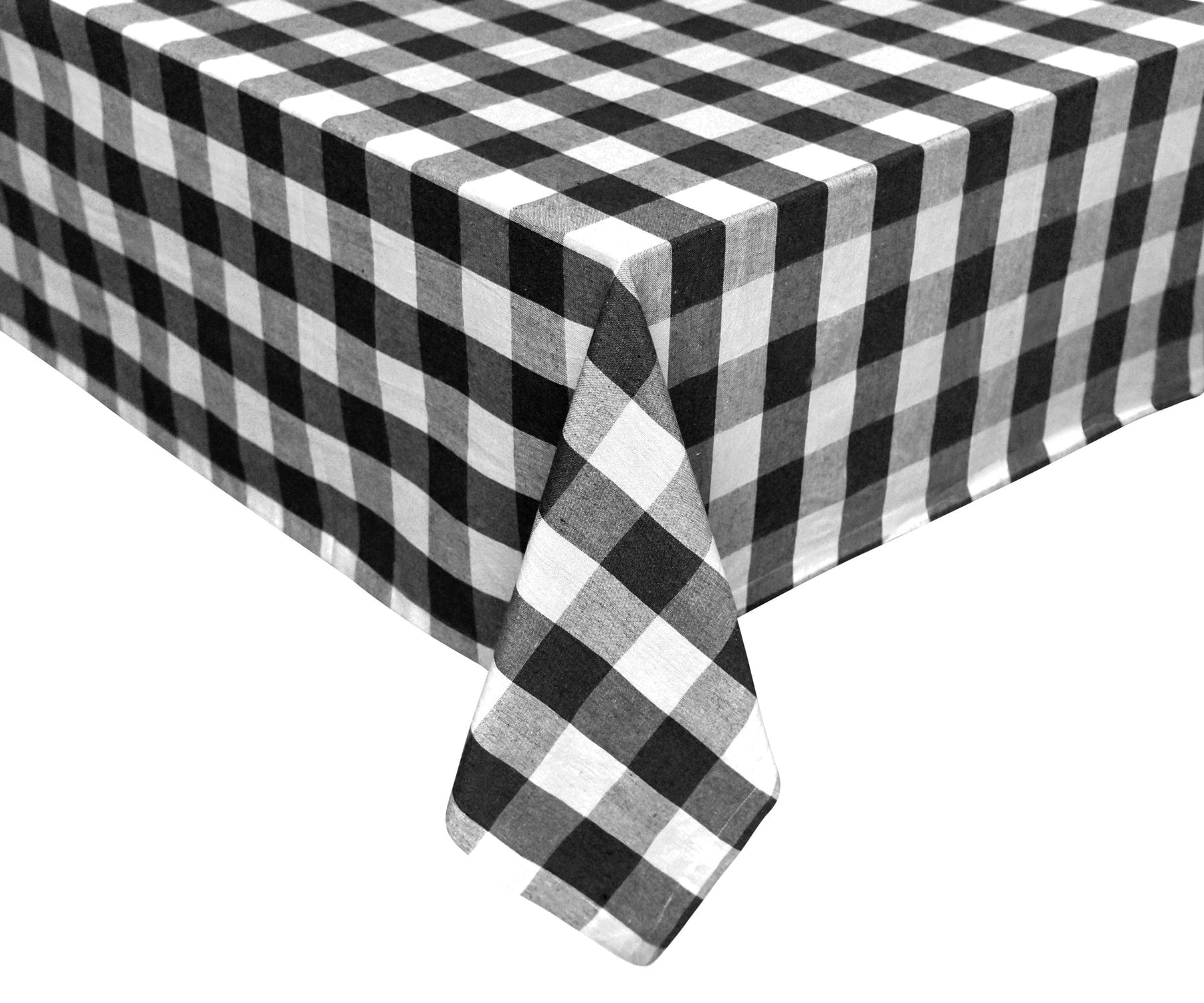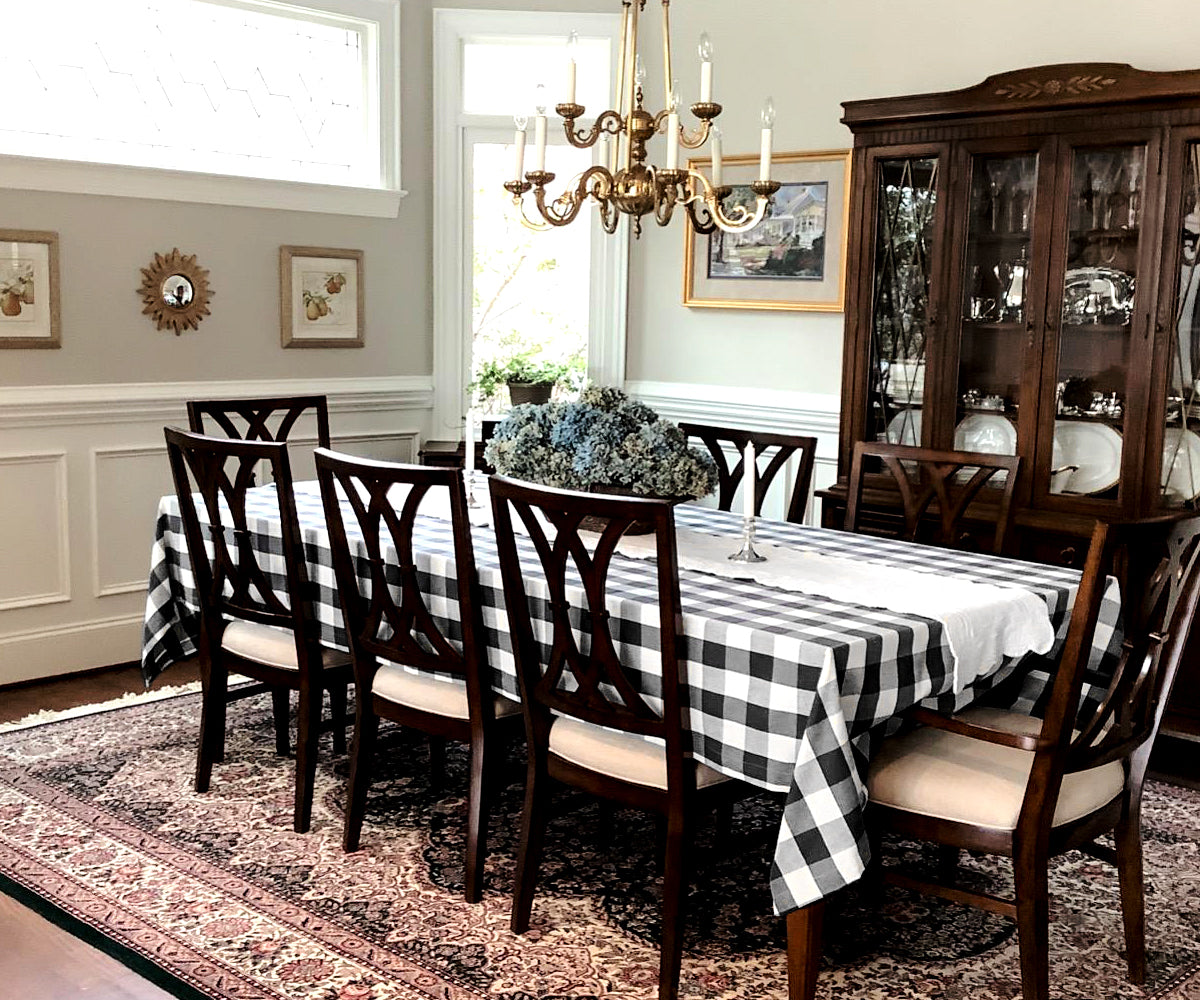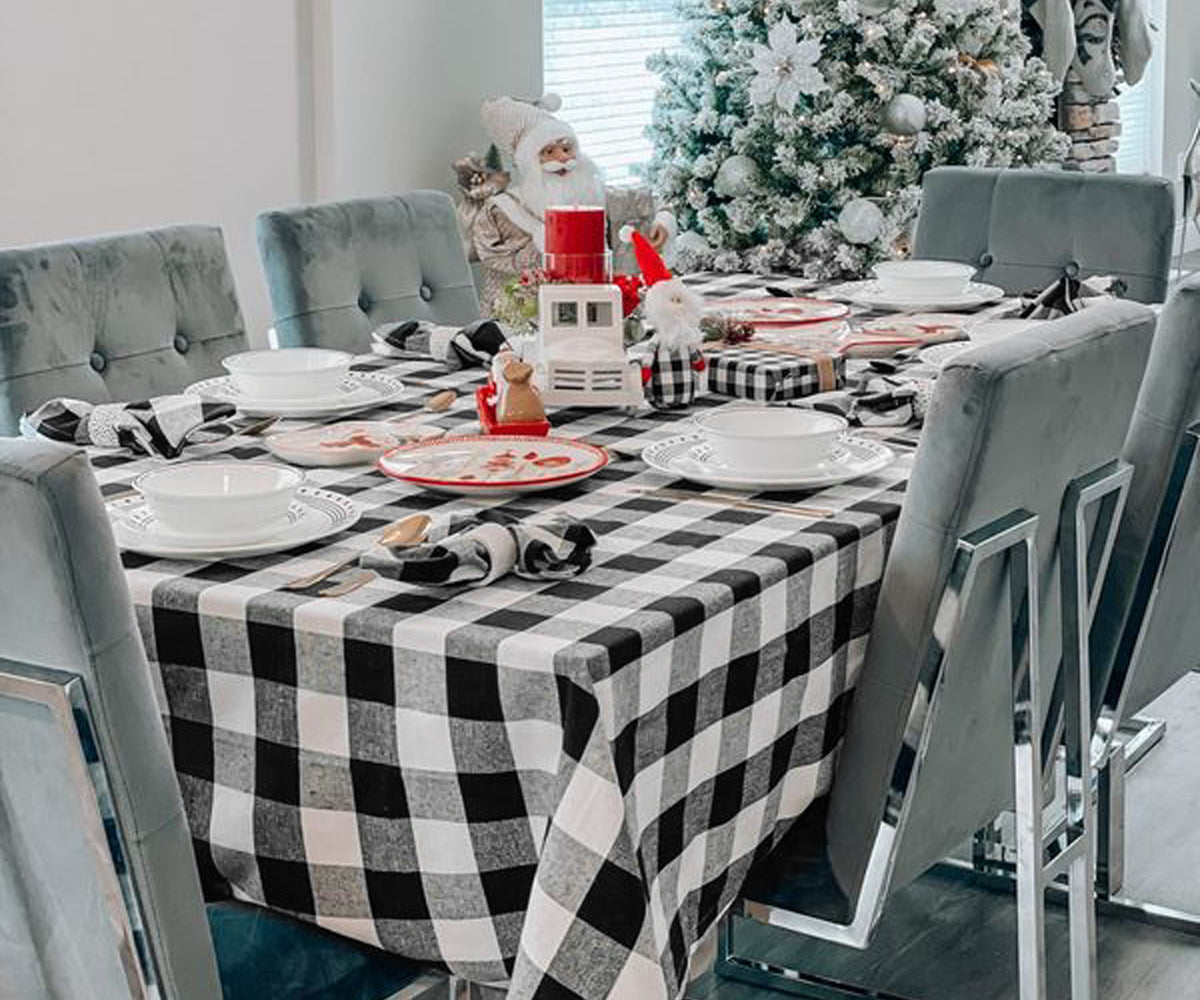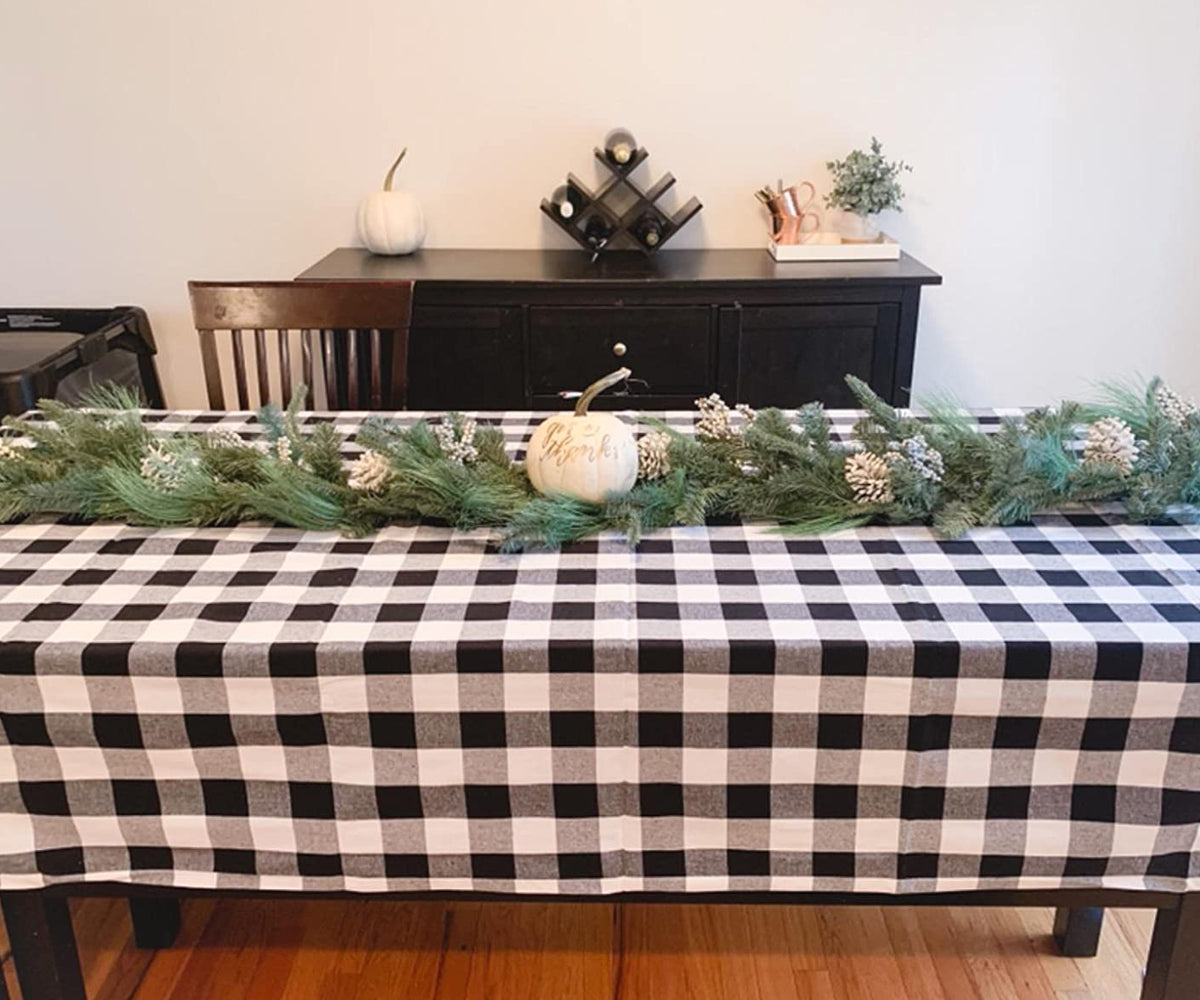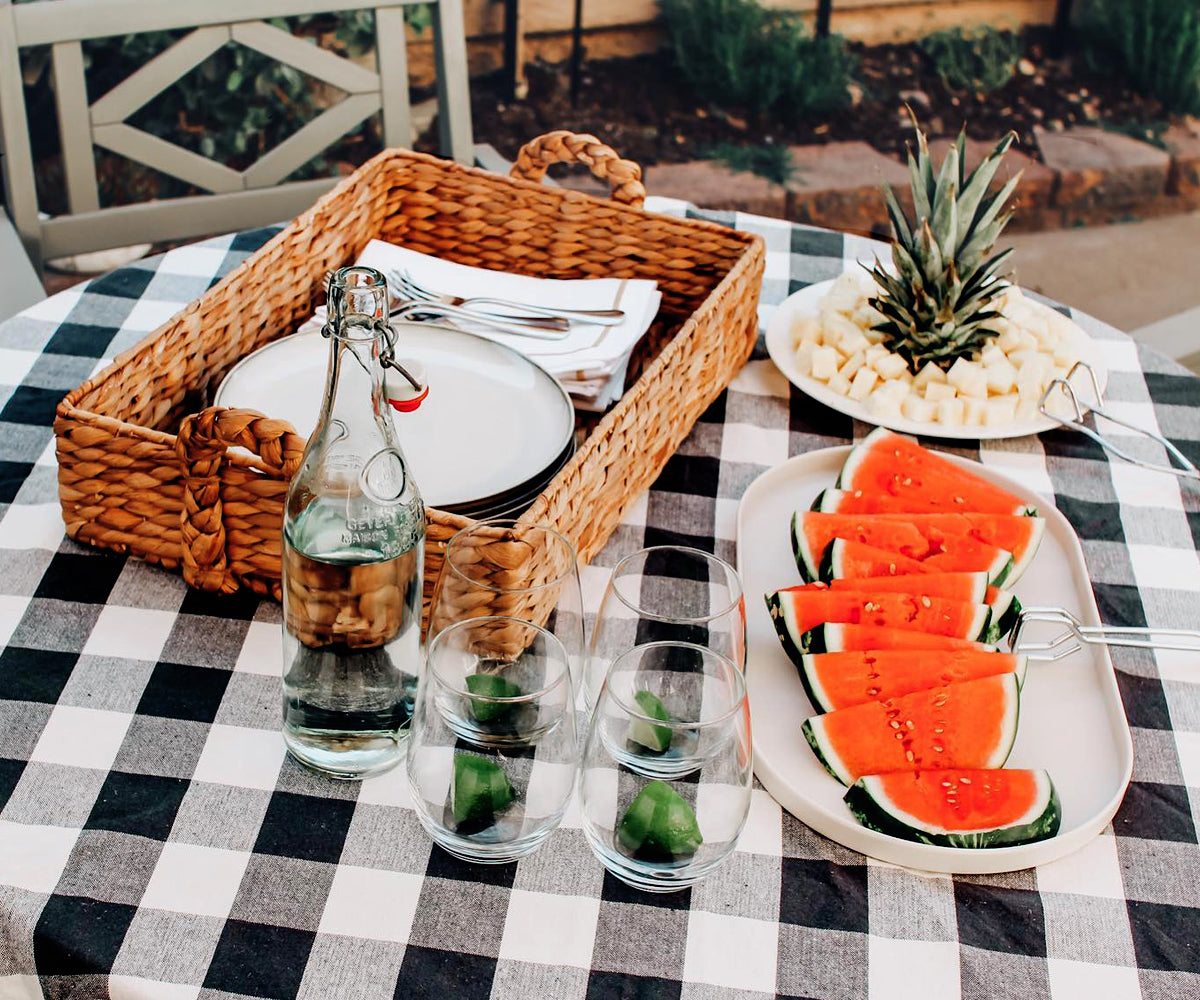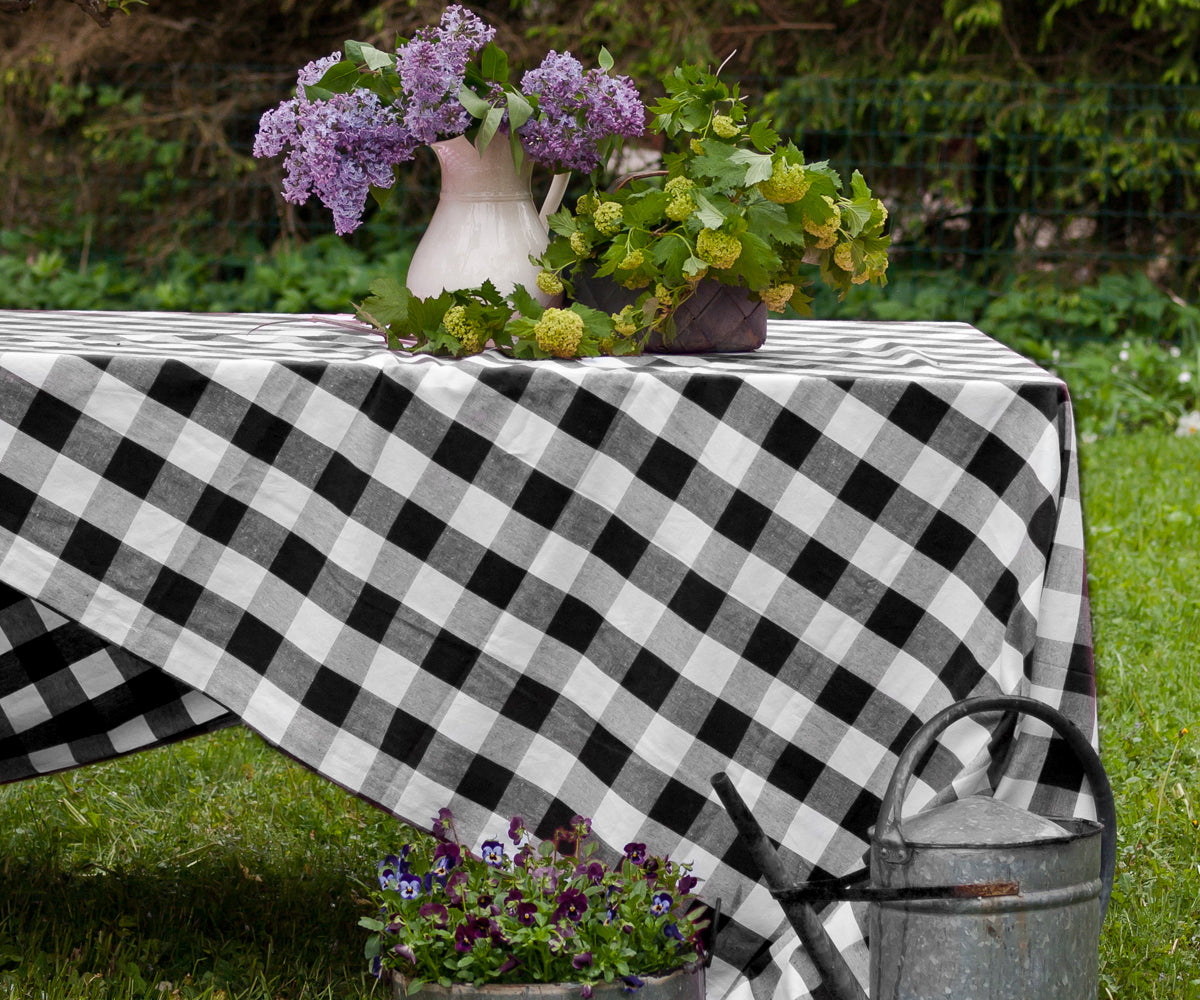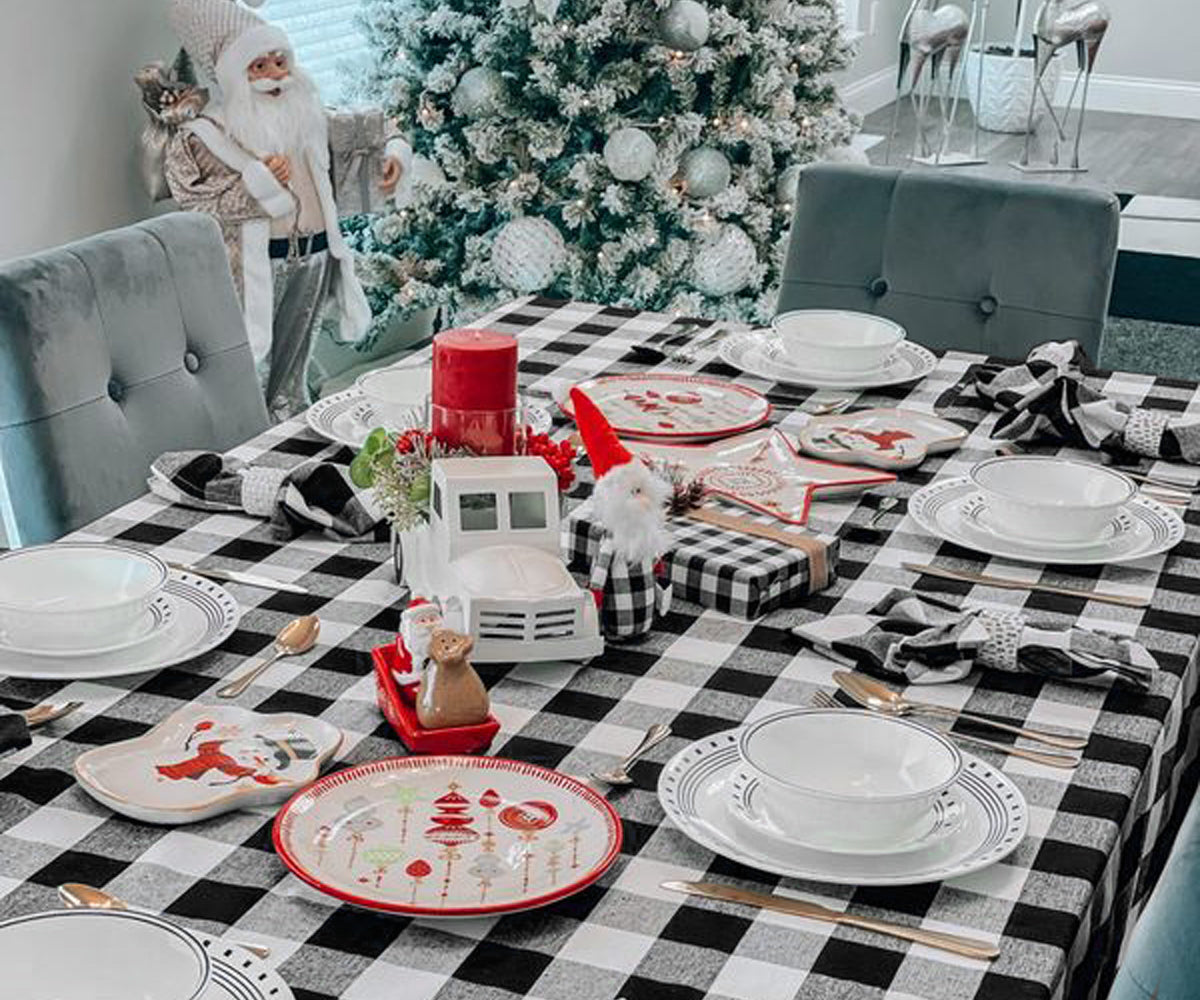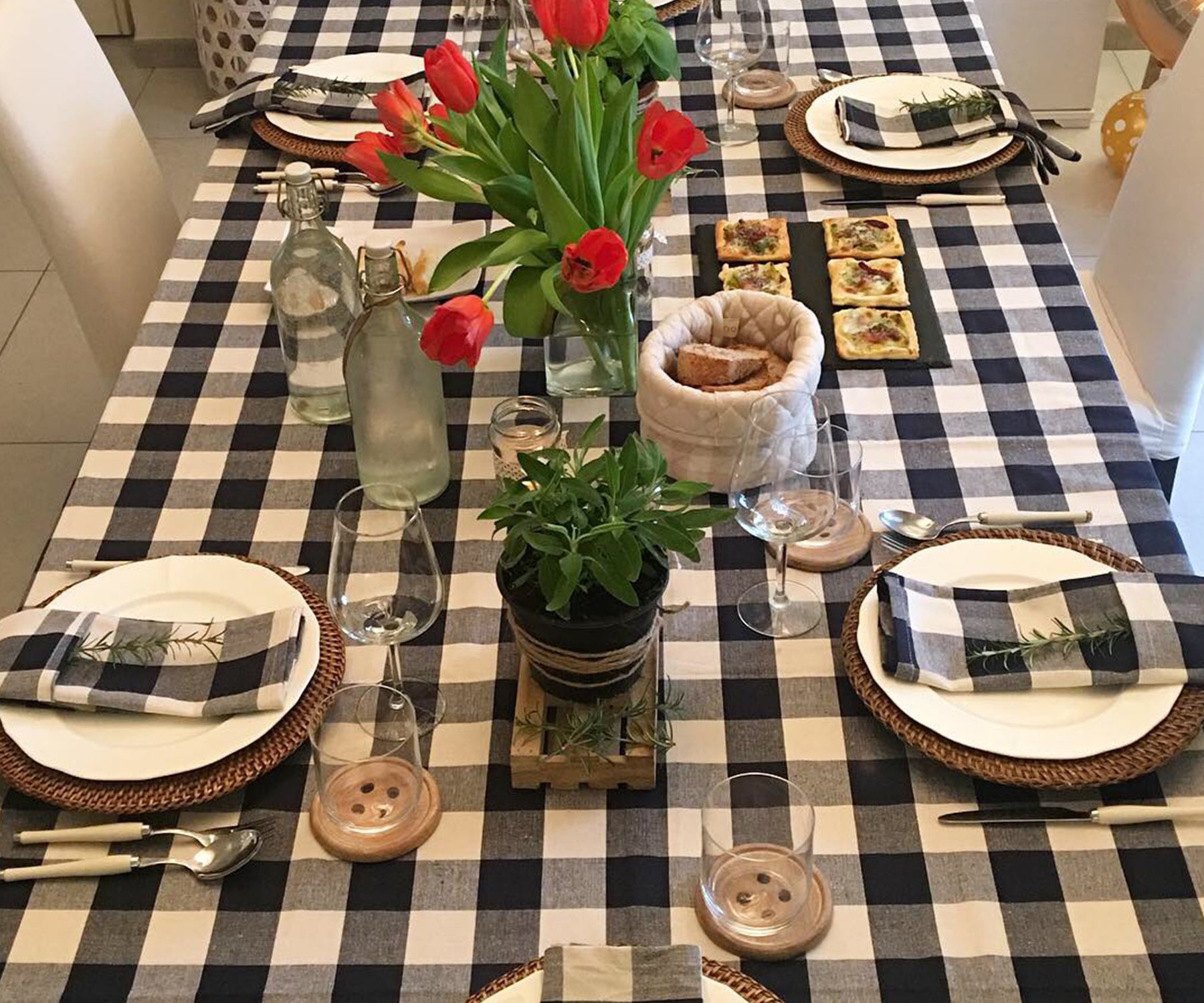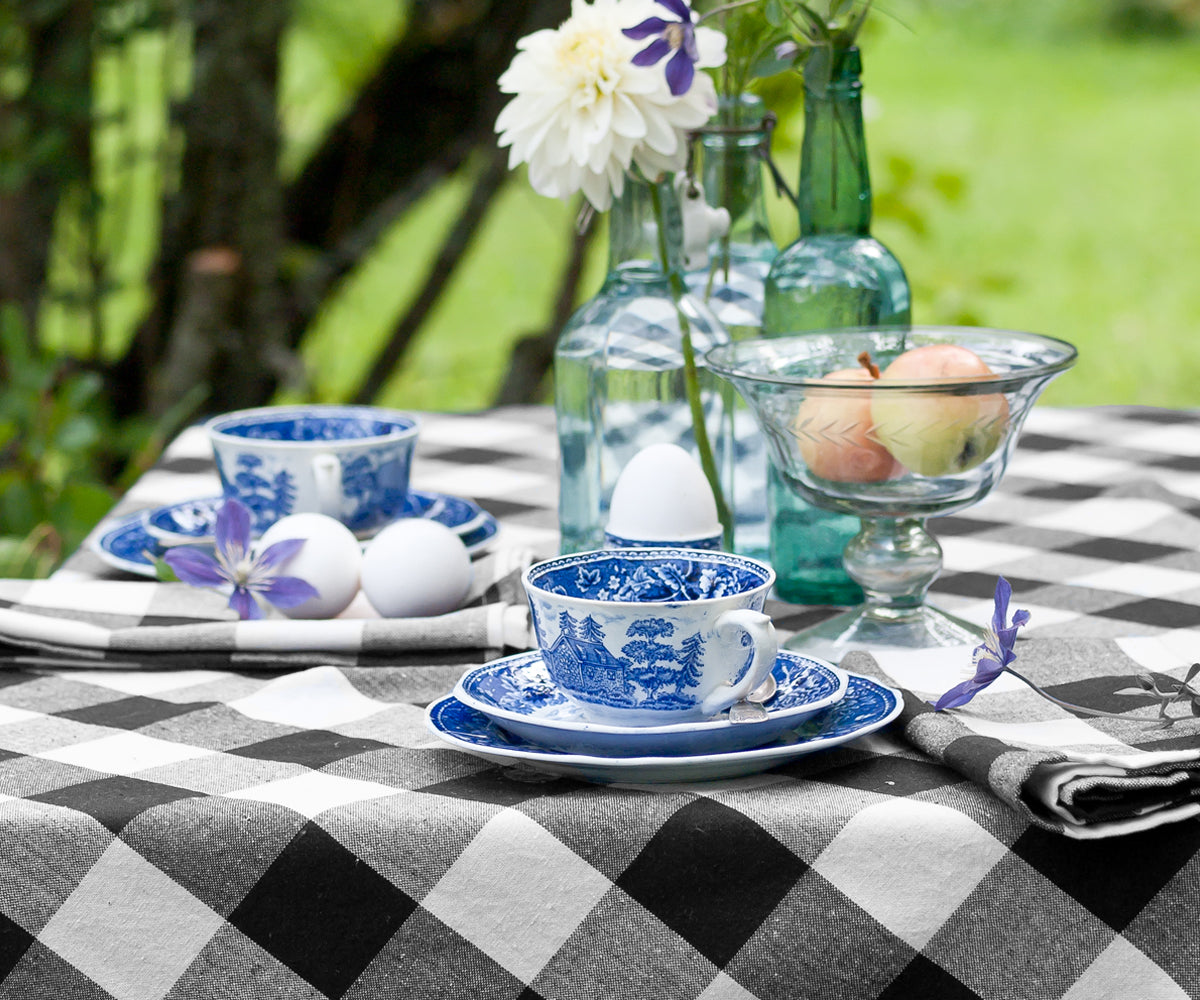Understanding Red Wine Stains
 Red wine stains are challenging because of their deep pigments and tannins, which easily bond with fabrics. The longer a spill sits, the harder it becomes to remove, especially on delicate fabrics like linen or high-quality cotton. Acting quickly is key to preventing permanent discoloration.
Red wine stains are challenging because of their deep pigments and tannins, which easily bond with fabrics. The longer a spill sits, the harder it becomes to remove, especially on delicate fabrics like linen or high-quality cotton. Acting quickly is key to preventing permanent discoloration.
Common Challenges
-
Dark Pigments: The rich color of red wine penetrates fibers quickly.
-
Fabric Sensitivity: Delicate fabrics like linen can be damaged if treated aggressively.
-
Set-In Stains: Older stains often require repeated treatments or professional care.
Supplies You’ll Need
Before tackling a spill, gather the following items:
-
Clean white cloths or paper towels
-
Table salt
-
Club soda
-
Hydrogen peroxide (diluted)
-
Cornstarch
-
Dishwashing detergent
-
Commercial stain remover (optional, e.g., Wine Away)
-
Cold water and washing machine
-
Sunlight for natural bleaching
Having these supplies ready ensures a swift response and prevents the stain from setting.
Read On: How To Choose Placemats for Dining Table?
Step-by-Step Red Wine Stain Removal

1. Blot, Don’t Rub
When a spill occurs, avoid rubbing as this spreads the stain and embeds it deeper into the fibers. Gently blot the affected area with a clean white cloth or paper towel, repeating until no more wine transfers.
2. Use Table Salt
While the stain is still wet, sprinkle a generous layer of salt over it. Salt absorbs the wine and prevents it from setting. After a few minutes, the salt will turn pink, indicating it has drawn out the liquid.
3. Apply Club Soda
Pour club soda over the stain and allow it to fizz. The carbonation helps lift the stain from the fibers. Blot gently after a few minutes to remove the liquid.
4. Hydrogen Peroxide Solution
For stubborn stains, mix one part hydrogen peroxide with two parts water. Apply to the stain and let it sit for a few minutes before blotting. Use caution on colored fabrics, as hydrogen peroxide may bleach the dye.
5. Cornstarch and Dish Soap Paste
Combine cornstarch with a few drops of dishwashing detergent to form a paste. Apply it to the stain, allow it to dry, then gently scrape it off. This method works well for older or set-in stains.
6. Commercial Stain Removers
Products like Wine Away are specifically formulated for wine stains. Follow the instructions carefully for best results.
7. Laundering
After treating the stain, wash the tablecloth according to its fabric care instructions. Always use cold water for red wine stains, as heat can set them permanently. Avoid putting the cloth in the dryer until the stain is completely removed.
8. Sunlight for Natural Whitening
Drying the tablecloth in sunlight can naturally lighten any remaining traces of the stain. Sunlight acts as a gentle bleaching agent and is especially useful for white linens.
Fabric-Specific Tips

-
Cotton: Durable and easy to clean, suitable for salt, club soda, and gentle hydrogen peroxide treatments.
-
Linen: Delicate and luxurious, requiring gentle blotting and careful use of any chemical treatments.
-
Colored Fabrics: Always test hydrogen peroxide or other chemical solutions on a hidden area first.
Preventing Future Stains
-
Use spill-resistant tablecloths or placemats.
-
Serve wine in smaller glasses to minimize spills.
-
Keep a blotting cloth handy during meals.
-
Consider fabrics treated with stain-resistant coatings for added protection.
Why Invest in High-Quality Tablecloths
Premium table linens, such as those from All Cotton and Linen, not only elevate your dining experience but also withstand frequent cleaning. Choosing durable, high-quality fabrics ensures that your tablecloths can handle occasional spills without losing their charm or texture.
You May Also Like: Top 5 Picks of Ideal Placemats for 2025: Where to Buy Them?
Red wine stains on tablecloths can feel disastrous, but with the right techniques and prompt action, they are often fully removable. Blotting immediately, using household solutions like salt, club soda, or hydrogen peroxide, and laundering correctly ensures your table linens remain beautiful and functional. Investing in high-quality fabrics, such as cotton or linen tablecloths, also provides long-lasting durability and elegance.
By following these steps and preventive measures, you can confidently entertain guests, knowing your tablecloths are protected against one of the most common and stubborn stains.


